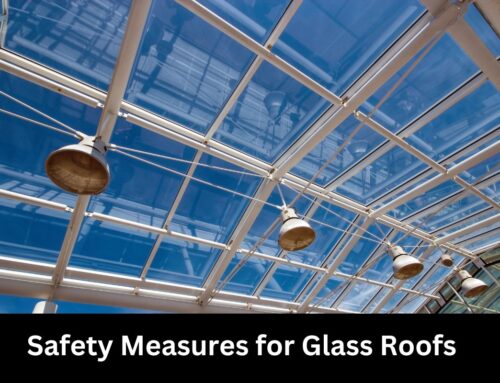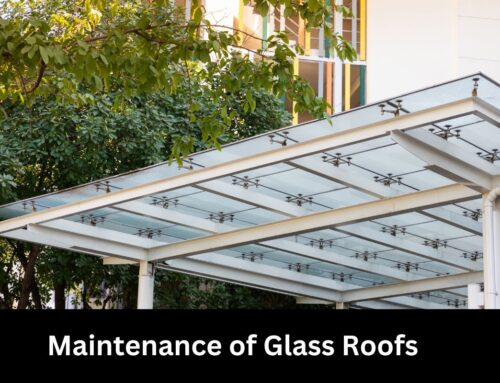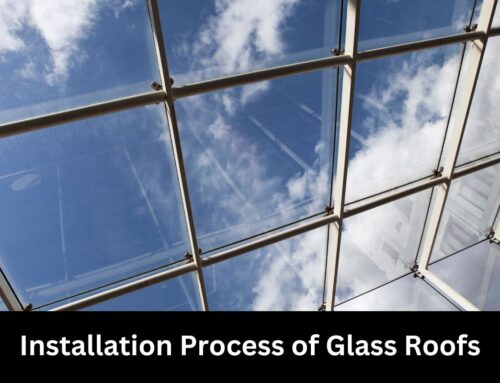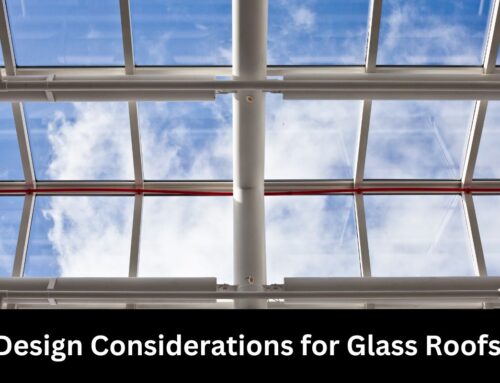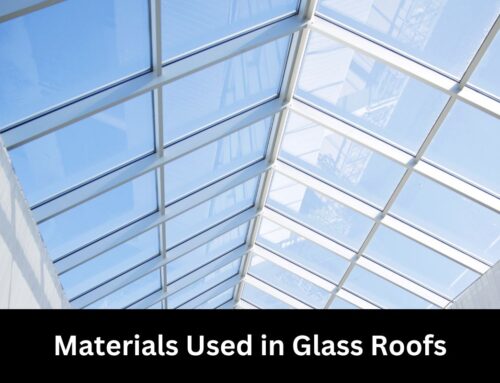Table of Contents
When it comes to designing a glass roof, selecting the right type of glass is crucial for both aesthetic appeal and functional performance. Different types of glass offer varying characteristics, such as strength, thermal insulation, solar control, and safety features. In this article, we will explore the importance of choosing the appropriate type of glass for the roof, considering factors such as durability, energy efficiency, safety, and design requirements. By understanding the available options and their benefits, you can make an informed decision that aligns with your specific project needs.
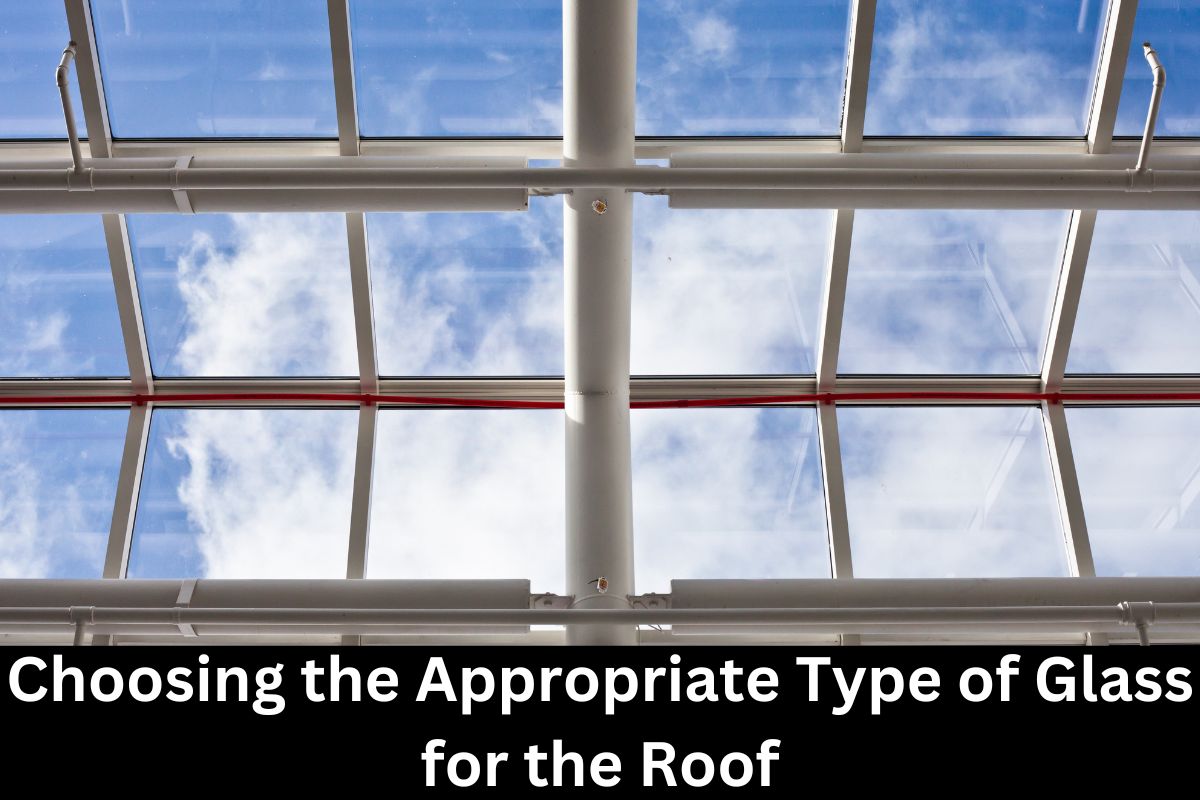
Annealed Glass
Annealed glass is the most common and basic type of glass used in architectural applications, including glass roofs. It is manufactured by slowly cooling molten glass, which helps relieve internal stresses and increases its strength. Annealed glass is relatively affordable and readily available. However, it does not offer the same level of strength and safety as other types of glass.
Benefits of Annealed Glass:
– Affordability: Annealed glass is generally more cost-effective compared to other types of glass, making it a popular choice for budget-conscious projects.
– Customization: It can be cut, drilled, and shaped to meet specific design requirements, providing versatility in design possibilities.
Considerations:
– Safety: Annealed glass is not as strong as other types, and when broken, it can produce large, sharp shards that can be hazardous. Safety measures, such as using laminated glass or installing safety film, may be necessary.
Tempered Glass
Tempered glass, also known as toughened glass, is a type of safety glass that undergoes a heating and rapid cooling process, resulting in increased strength and impact resistance. When broken, tempered glass shatters into small, relatively harmless fragments, reducing the risk of injury. It is widely used in glass roofs and other applications where safety is a concern.
Benefits of Tempered Glass:
– Safety: Tempered glass is designed to break into small, dull fragments, minimizing the risk of injury.
– Strength: It is significantly stronger than annealed glass, providing enhanced resistance to impact and wind loads.
Considerations:
– Inability to Cut or Modify: Once tempered glass is manufactured, it cannot be cut or modified. Any required customization must be done prior to the tempering process.
– No Field Alterations: Unlike annealed glass, tempered glass cannot be cut or drilled on-site. Therefore, precise measurements and accurate installation planning are essential.
Laminated Glass
Laminated glass consists of two or more glass layers bonded together with a durable interlayer, usually made of polyvinyl butyral (PVB) or ethylene-vinyl acetate (EVA). This interlayer holds the glass together when shattered, providing safety benefits and enhanced sound insulation.
Benefits of Laminated Glass:
– Safety: Laminated glass remains intact even when shattered, preventing the glass from falling apart and reducing the risk of injury.
– UV Protection: The interlayer in laminated glass filters out a significant portion of harmful UV rays, protecting interior furnishings from fading.
Considerations:
– Thickness and Weight: Laminated glass is thicker and heavier than standard glass types, which may require adjustments in the support structure and installation considerations.
Insulated Glass
Insulated glass, also known as double-glazed or triple-glazed glass, consists of multiple glass panes separated by an air or gas-filled space. This configuration improves thermal insulation and soundproofing properties, making it an energy-efficient choice for glass roofs.
Benefits of Insulated Glass:
– Energy Efficiency: The insulating layer between the glass panes reduces heat transfer, improving the energy efficiency of the building and minimizing heating and cooling costs.
– Sound Insulation: The air or gas-filled space between the glass panes helps reduce noise transmission, providing a quieter indoor environment.
Considerations:
– Weight: Insulated glass is heavier than single-pane glass, requiring appropriate structural support to accommodate the additional load.
Low-E Glass
Low-emissivity (Low-E) glass is a type of glass coated with a microscopically thin layer of metal oxide, which helps reflect heat while allowing visible light to pass through. This coating improves the energy efficiency of the glass by reducing heat gain or loss.
Benefits of Low-E Glass:
– Energy Efficiency: Low-E glass reflects heat back to its source, helping maintain a comfortable indoor temperature and reducing reliance on heating or cooling systems.
– UV Protection: The Low-E coating also blocks a significant portion of harmful UV rays, reducing fading and damage to interior furnishings.
Considerations:
– Cost: Low-E glass is generally more expensive than standard glass options. However, the energy savings it provides can offset the initial investment in the long run.
Conclusion
Choosing the appropriate type of glass for a glass roof is a critical decision that involves considerations of safety, energy efficiency, design requirements, and budget. Understanding the benefits and considerations of different glass types, such as annealed, tempered, laminated, insulated, and Low-E glass, enables informed decision-making. By consulting with experienced professionals and considering the specific needs of the project, you can select the right glass type that ensures durability, enhances energy efficiency, and creates a visually stunning glass roof that meets your desired specifications.
Majestic Glass: Master Craftsmen of Glass Roof Services
Upgrade your property with exceptional glass canopy roof services offered by Majestic Glass. As industry specialists, we pride ourselves on delivering top-quality craftsmanship using premium materials. We cater to your unique requirements and budget by offering a diverse range of glass types. Using our extensive experience, we provide expert advice on design and installation, creating a glass roof that adds beauty to your property while being structurally strong and weather-resistant. Majestic Glass is more than a service provider; we assure a seamless installation process and peace of mind.
FAQs on Choosing the Appropriate Type of Glass for the Roof
-
How do I determine the appropriate type of glass for my glass roof?
The choice of glass depends on various factors, including the desired level of safety, energy efficiency requirements, design preferences, and budget. Consulting with experienced glaziers or glass suppliers can help determine the most suitable type of glass for your specific project.
-
Can I combine different types of glass in a glass roof installation?
Yes, it is possible to combine different types of glass in a glass roof installation. For example, using tempered glass for overhead panels and laminated glass for sidewalls can provide both safety and design flexibility.
-
Is laminated glass necessary for a glass roof?
The use of laminated glass in a glass roof is not mandatory, but it offers significant safety benefits, especially in overhead applications. It is recommended to evaluate safety considerations and local building codes when deciding on the glass type.
-
Can insulated glass help with energy efficiency in a glass roof?
Yes, insulated glass is an effective option for improving energy efficiency in glass roofs. Its multi-pane configuration reduces heat transfer and minimizes energy loss or gain.
-
Can Low-E glass be combined with other types of glass?
Yes, Low-E coatings can be applied to various types of glass, including tempered, laminated, or insulated glass. Combining Low-E properties with other desired characteristics can provide a comprehensive solution for energy efficiency and comfort.
Related Articles

